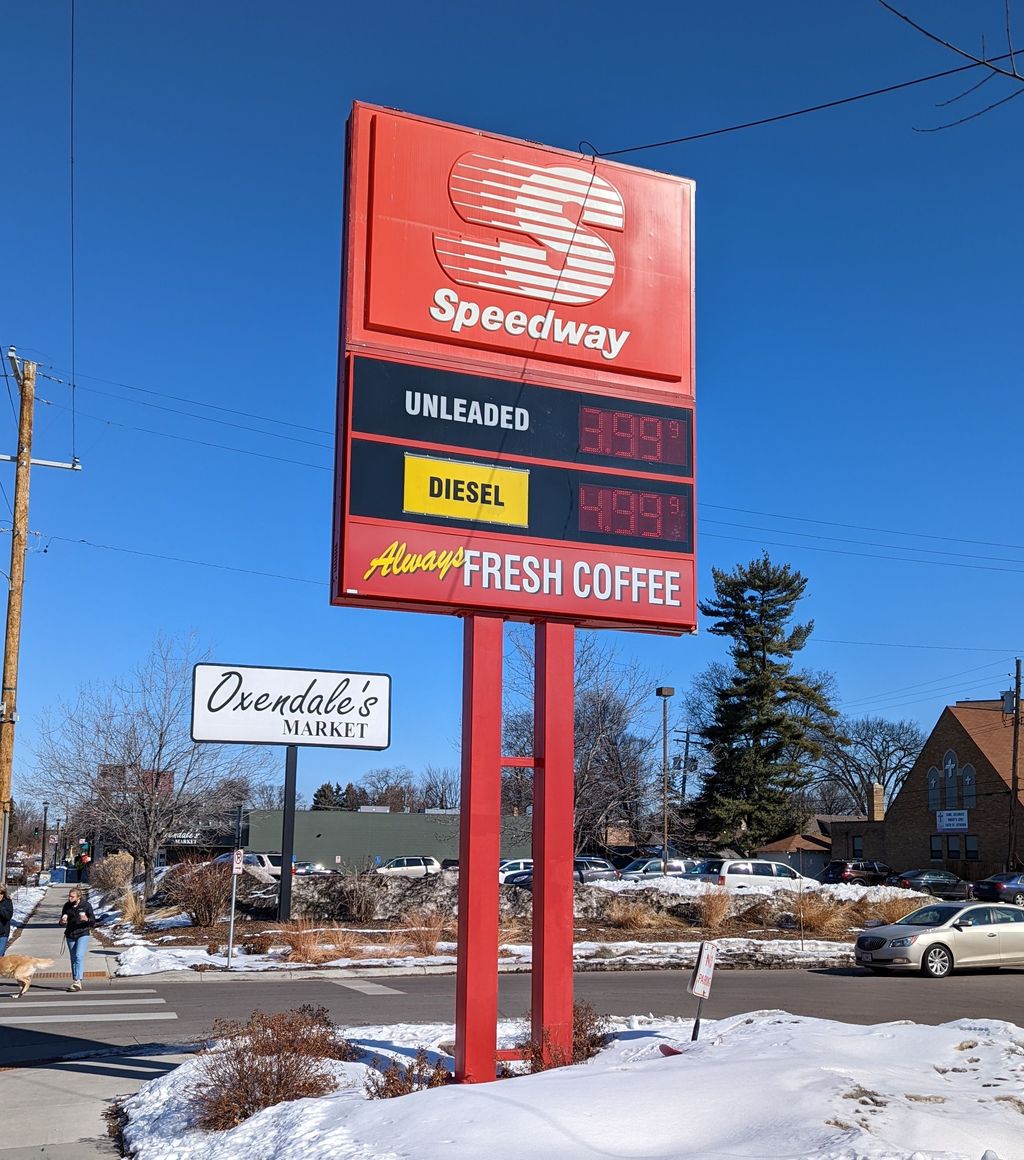
For many auto enthusiasts, the allure of personalizing their ride goes beyond mere aesthetics; it’s about unlocking untapped performance, refining handling, or simply making their vehicle uniquely their own. The desire for more power, a better exhaust note, sharper handling, or a distinctive look is a powerful drive that pushes owners to explore the vast world of aftermarket modifications. However, this exciting journey into customization is fraught with potential pitfalls, particularly concerning your car’s factory or extended warranty.
Before diving headfirst into performance upgrades, it’s crucial for every gearhead to understand the delicate balance between personalization and protection. A warranty is essentially a contract between you and the carmaker, promising free repair or replacement of manufacturing defects for a set period or mileage. While certain modifications are relatively safe, many popular upgrades can instantly void parts—or even the entirety—of your warranty, leaving you exposed to potentially massive repair bills.
Navigating this complex landscape requires a clear understanding of what alterations trigger warranty concerns and, perhaps more importantly, why. The Magnuson-Moss Warranty Act of 1975 provides a vital layer of protection, stating that a manufacturer cannot simply void an entire warranty just because an aftermarket part was installed. They must prove that the modification directly caused the problem being claimed under warranty. Yet, this doesn’t grant a free pass for every change. Let’s explore the most critical modifications that often land owners in “hot warranty soup,” examining the mechanisms through which they can jeopardize your coverage.
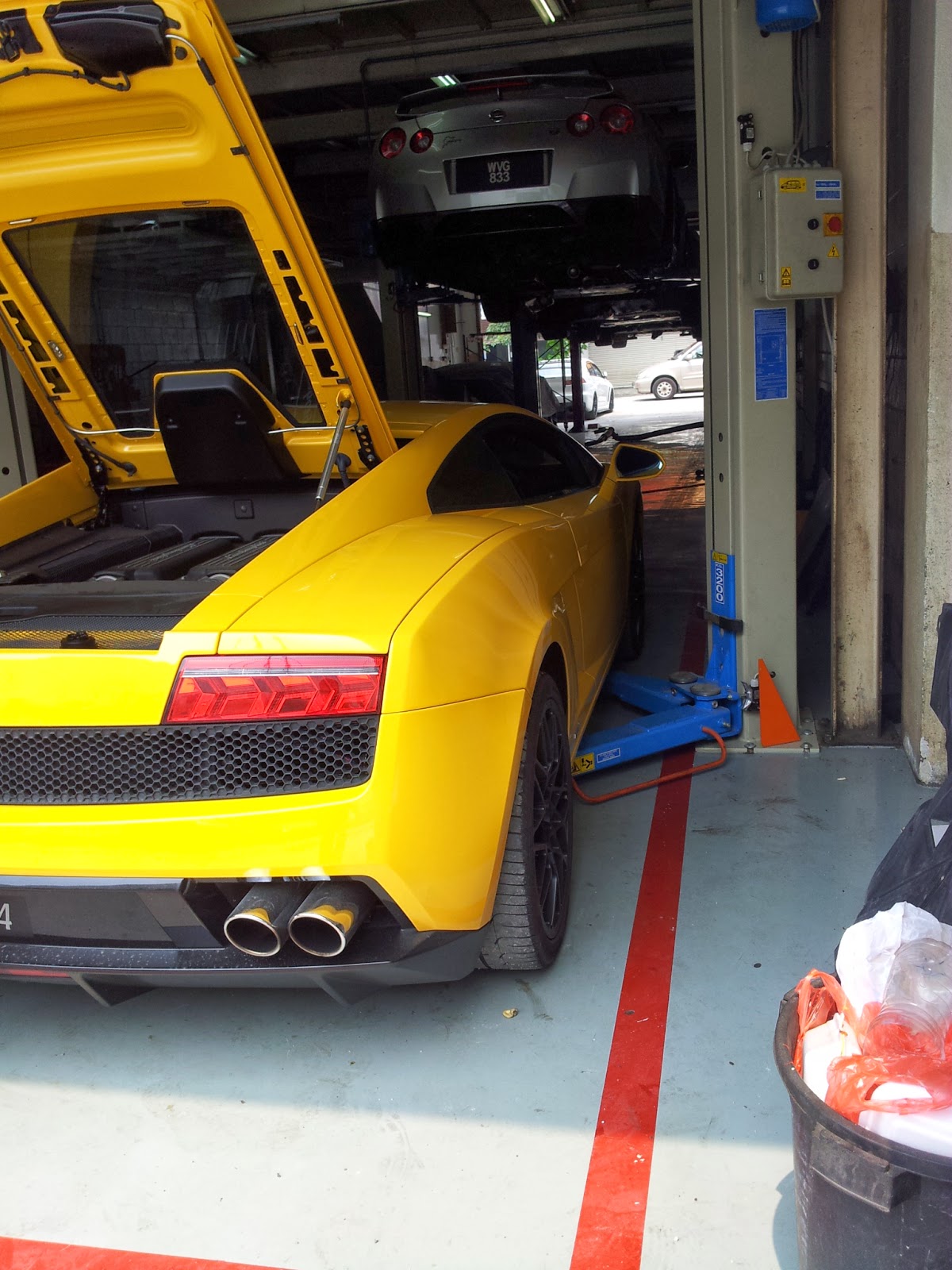
1. **Aggressive Aftermarket ECU Remap/Tune**The engine control unit (ECU) is often referred to as your car’s brain, dictating how its engine operates. Factory ECU settings are meticulously calibrated to balance factors like fuel efficiency, emission norms, and long-term reliability, often leaving a safe margin of performance. The temptation to unlock this hidden potential through an ECU remap, or tune, is strong, promising significant gains in horsepower and torque by tweaking parameters such as air-fuel ratio, engine timing, and turbocharger boost pressure.
However, this path is riddled with substantial risks. One incorrect input parameter during a remap can lead to catastrophic engine failure. If an engine problem arises after an aftermarket ECU tune, manufacturers can easily access ECU logs, identify non-factory settings, and attribute the failure directly to the modification. This clear link is often sufficient reason for them to deny warranty coverage for the affected engine components, leaving the owner to bear the full cost of a costly repair.
Professional tuners use specialized equipment, but even then, pushing the engine beyond factory limits risks reducing reliability and longevity. While modest factory-offered ECU tunes exist from some automakers, these are designed to provide only slight boosts without risking damage. Aggressive aftermarket tunes, however, represent a direct alteration to the engine’s core operational parameters, making them a primary target for warranty voidance if a related failure occurs.
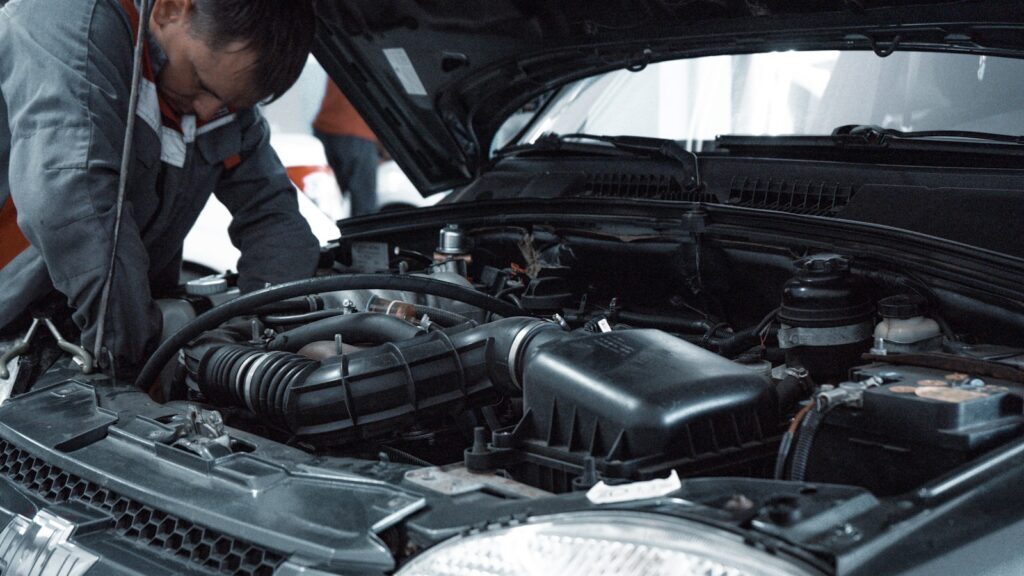
2. **Aftermarket Turbocharger Installation**For many performance enthusiasts, adding a turbocharger is the ultimate way to drastically increase an engine’s power output. The appeal of forced induction to transform a naturally aspirated engine, or to significantly boost an already turbocharged one, is undeniable. However, this particular modification stands out as one of the most definitive ways to void your engine’s warranty.
Installing an aftermarket turbocharger kit fundamentally alters critical engine systems, including air intake, fuel delivery, and emissions. These changes often push the engine and its ancillary components far beyond their original design specifications and tolerances. The increased stress, heat, and pressure generated by an aftermarket turbo are almost certainly going to be cited by the manufacturer if any engine or powertrain component fails.
The context explicitly states that “installing an aftermarket turbocharger kit alters critical engine systems like air intake and emissions, changes that violate most factory warranty and extended warranty terms.” This makes it a clear “no” if preserving engine warranty protection is a priority. Even if other components remain covered, the core engine—the most expensive part—will likely be unprotected.
Read more about: The Insidious Erosion of Quality: Why a Single Cheap Auto Part Can Sink Your Business and Your Ride
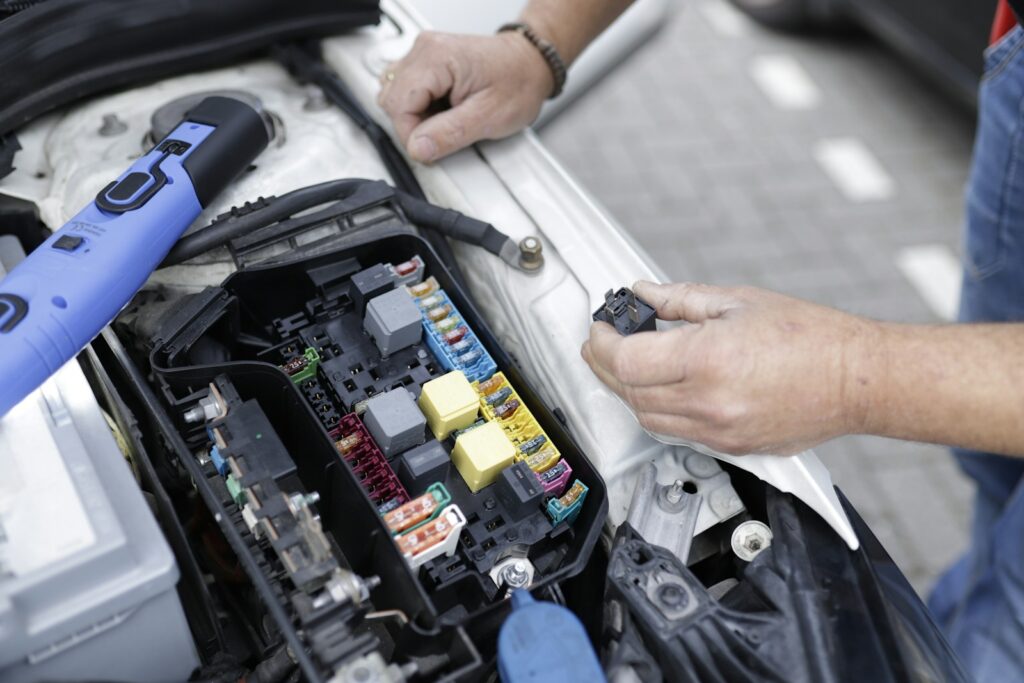
3. **Aftermarket Cold Air Intakes (Problematic Installation)**Cold air intakes (CAIs) are a popular modification, often chosen for their promise of improved engine breathing, slight horsepower gains, and a more aggressive induction sound. By drawing cooler, denser air into the engine, they can indeed offer noticeable performance improvements. However, despite being perceived as a relatively “safe mod” by some, certain cold air intake installations can put your warranty at risk.
The danger arises when an aftermarket air filter or cold air intake system interferes with the Mass Air Flow (MAF) sensor. This sensor is crucial for measuring the amount of air entering the engine, allowing the ECU to precisely calculate the correct air/fuel ratio. If an aftermarket system causes the MAF sensor to provide inaccurate readings, it can “throw the car’s Mass Air Flow sensor out of whack,” leading to incorrect fuel mixtures.
An incorrect air/fuel ratio can cause a cascade of engine problems, from reduced efficiency to premature wear and even severe engine damage. In such scenarios, a manufacturer or dealer can easily argue that the aftermarket intake directly contributed to the engine’s malfunction, thereby denying warranty coverage for the resulting damage. While not all cold air intakes are problematic, those that significantly deviate from OEM design or cause sensor issues present a clear risk.
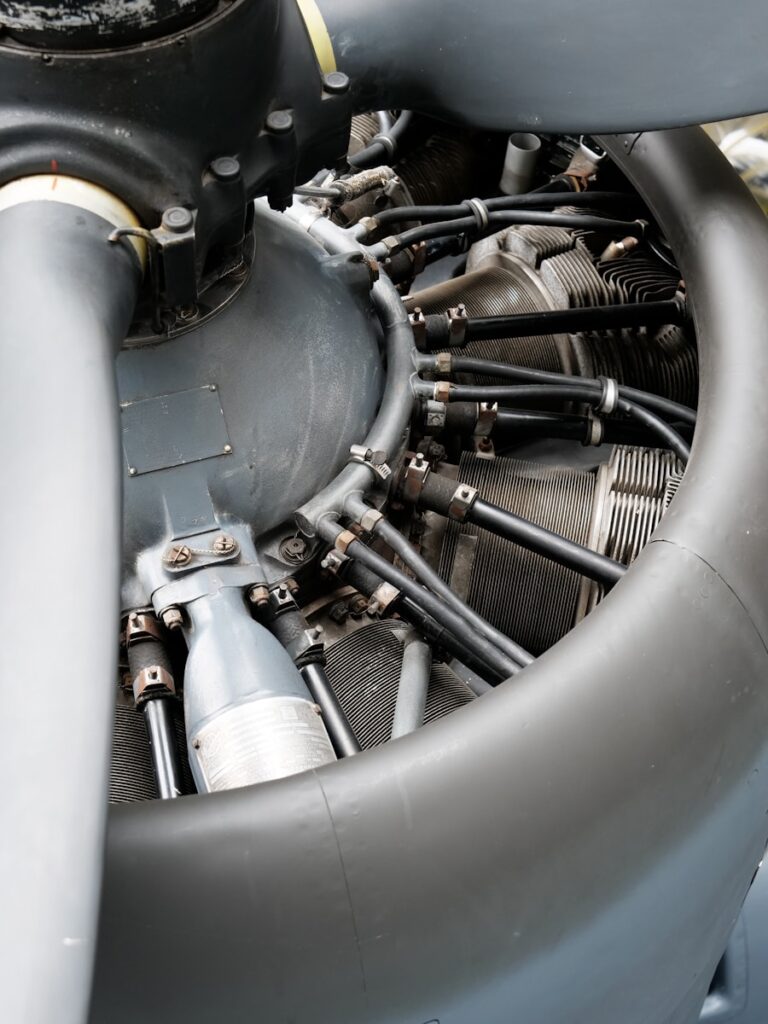
4. **Free-Flow Exhaust Systems (Pre-Catalytic Converter Modifications)**Modifying the exhaust system is a classic way to enhance a car’s sound and potentially its performance. Many enthusiasts seek a deeper, more pronounced exhaust note and reduced back pressure to boost horsepower. While certain exhaust upgrades are generally warranty-friendly, modifications made to the portion of the exhaust system *before* the catalytic converter are particularly risky.
The catalytic converter is a critical component for emissions control. Any alteration between the engine and this converter, such as installing X-pipes or H-pipes that replace sections before the cat, can directly impact emissions and the function of oxygen (O2) sensors. These sensors monitor the exhaust gases to ensure the engine is running efficiently and cleanly.
If an aftermarket pre-catalytic converter exhaust modification interferes with the O2 sensor readings or otherwise alters the emissions system, manufacturers can, and will, use this as grounds to deny warranty claims related to engine performance or emissions components. The text explicitly advises to “avoid” modifying anything exhaust-related between the engine and the catalytic converter due to potential impacts on emissions and other systems.
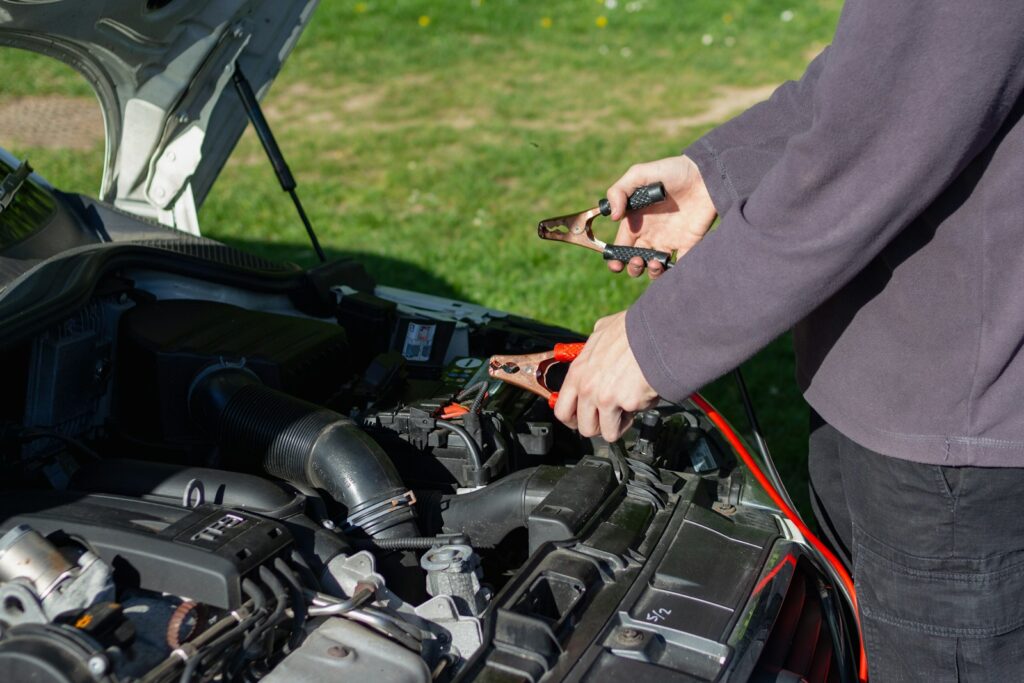
5. **High Lift Kits**Lift kits are incredibly popular for trucks and SUVs, offering increased ground clearance, a more aggressive stance, and the ability to fit larger tires. For off-road enthusiasts, a higher ride height can improve approach, departure, and breakover angles, enhancing capabilities on rugged terrain. However, installing a high lift kit is a significant modification that can profoundly affect your vehicle’s warranty, particularly for suspension and drivetrain components.
Lifting a vehicle fundamentally alters its suspension geometry. Components like suspension bushes, steering rods, driveshafts, tie rods, and the entire drivetrain are designed to operate within specific angles and tolerances defined by the factory setup. A high lift kit can place “unnecessary strain” on these parts, which were never engineered to handle the new kinds of stresses introduced by the altered geometry.
If your still-under-warranty lifted truck experiences a suspension or drivetrain failure, it is “highly likely” that the manufacturer will attribute the damage to the aftermarket lift kit. This means you could end up “footing the bill from your own pocket” for expensive repairs. Therefore, while visually appealing and functionally beneficial for specific uses, high lift kits are a definite high-risk modification for warranty preservation.
Read more about: Rock Royalty: Unveiling the Defining Eras of Dwayne ‘The Rock’ Johnson’s WWE Legacy
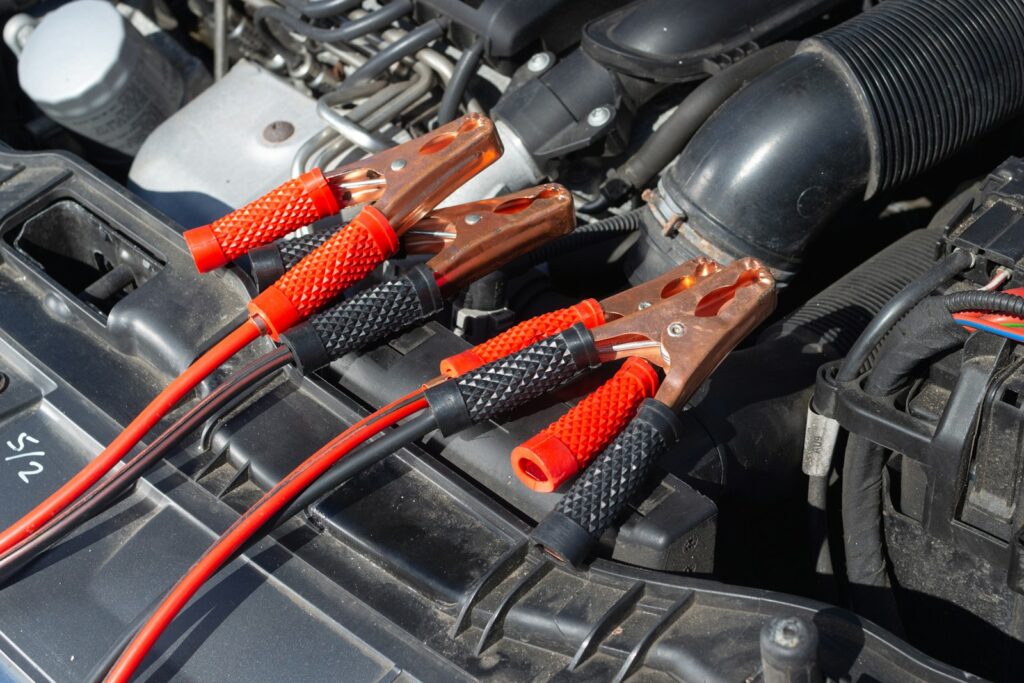
6. **Aftermarket Lowering Springs**Conversely to lift kits, lowering springs are a popular customization for car owners looking to achieve a more aggressive, ‘stanced’ look and potentially improve handling by reducing the vehicle’s center of gravity. A lower ride height often translates to a sportier appearance and can sometimes enhance cornering stability. However, like lifting, lowering a vehicle with aftermarket springs carries significant warranty risks related to suspension and drivetrain integrity.
Similar to lift kits, lowering springs directly impact the car’s suspension geometry. Even a seemingly simple change can introduce unintended stresses on crucial components such as suspension bushes, steering rods, driveshafts, and tie rods. These parts are engineered for the factory ride height, and altering this can cause them to operate outside their intended range, leading to premature wear or failure.
The context warns that if your “stanced car” encounters a suspension or drivetrain failure while still under warranty, it’s very probable that you’ll be responsible for the repair costs. Manufacturers can easily argue that the aftermarket lowering springs were the direct cause of the component stress and subsequent failure. This makes lowering springs a modification to approach with caution if warranty protection is a concern.
Read more about: Unleash Your Inner Driver: 13 Simple, Fun, and Affordable Cars That Are Perfect Daily Drivers
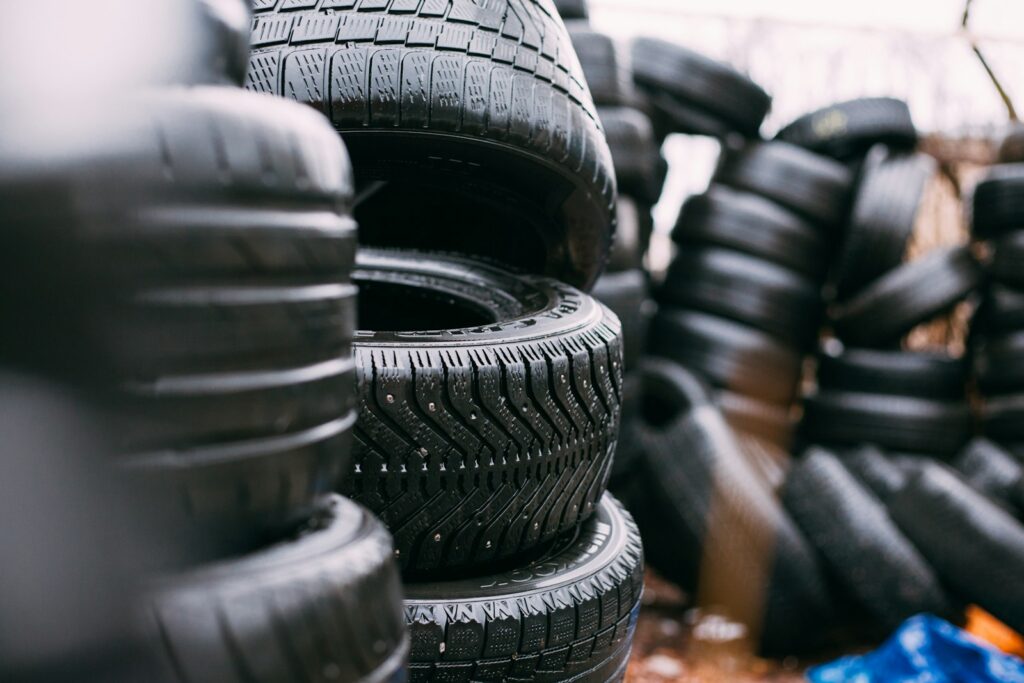
7. **Out-of-Spec Aftermarket Wheels and Tires**Upgrading wheels and tires is one of the most common and visually impactful modifications car owners make. Enthusiasts might seek larger diameter rims for improved handling and braking through better grip, lighter wheels to reduce unsprung weight, or simply custom designs to personalize their vehicle’s appearance. While often considered a ‘safe’ area for customization, choosing wheels and tires that fall outside manufacturer specifications can indeed jeopardize warranty coverage.
The risk primarily stems from how non-standard wheel and tire sizes can affect suspension geometry and drivetrain components. Wheels and tires that are significantly larger or smaller, or have incorrect offsets, can put “unnecessary strain” on various parts. This includes wheel bearings, suspension components, steering systems, and even the transmission and differentials, as the rolling diameter can alter gearing and speedometer accuracy.
Moreover, the context highlights that while wheels and tires are generally safe if you “stay within the recommended size range for your car” and use quality components, departing from these recommendations can lead to problems. Should a suspension or drivetrain component fail, the manufacturer could argue that the out-of-spec wheels and tires were the root cause, leading to a denied warranty claim. Thus, careful consideration of sizing and fitment is paramount to avoid warranty conflicts.
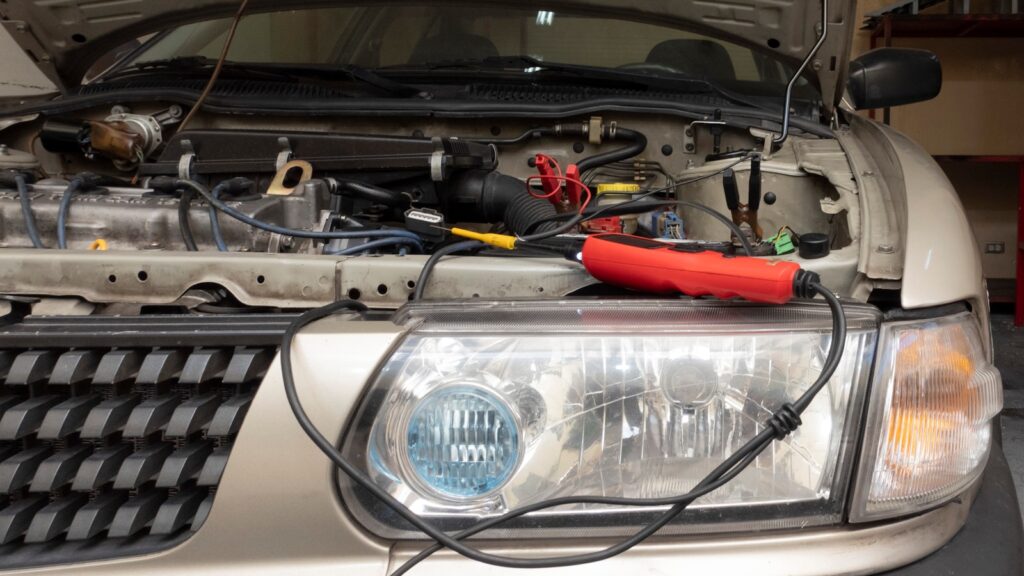
8. **Electrical System Modifications**While many performance upgrades focus on mechanical components, tinkering with your vehicle’s electrical system is another surefire way to invite warranty trouble. Enthusiasts often eye improved lighting, more powerful sound systems, or integrated accessories. These seemingly innocuous changes can quickly escalate into a “warranty nightmare” if not handled precisely according to manufacturer specifications.
The core risk lies in altering the delicate balance of the factory wiring harness. “Splicing the factory wiring harness to fit a new, louder sound system is literally playing with fire,” as the context warns. A shoddy job here can lead to persistent electrical problems, affecting everything from your instrument console to your central locking system. Even a “more powerful aftermarket headlight conversion could just blow your fuses if you’re lucky,” or worse, “it could melt your headlight wires.”
Modern vehicles are sophisticated networks of interconnected electronic components. Any unauthorized modification can introduce voltage irregularities, impedance mismatches, or simply draw too much power, disrupting the entire system. When a fault arises in a modified electrical system, manufacturers can easily trace it back to the aftermarket alterations, using this as grounds to deny warranty coverage for the affected components or even broader electrical issues. Always use quality components and avoid any modifications that require cutting or splicing into the original wiring.
Read more about: 14 Classic Luxury Autos Young Professionals Are Smartly Avoiding: Unpacking the Hidden Costs and Why They Pass on These Status Symbols

9. **Aftermarket Blow-Off Valves (BOVs) and Performance Valves**For owners of turbocharged vehicles, the distinctive “whoosh” sound of an aftermarket blow-off valve (BOV) can be incredibly appealing, often promising faster spool-up times and a more engaging driving experience. These components are designed to release excess boost pressure when the throttle is closed, preventing compressor surge. However, despite their popularity, installing an aftermarket BOV or similar performance valve introduces significant risks to your engine’s warranty.
The issue stems from how these valves interact with your car’s precisely calibrated engine management system. Aftermarket BOVs can “mess with pressure and airflow,” leading to disruptions that the engine control unit (ECU) isn’t programmed to handle. This can result in “odd engine faults,” affecting everything from fuel delivery to turbocharger operation, and potentially causing long-term damage to vital engine components.
The context is clear that if you “toss in a BOV or a similar performance valve, you might be risking your warranty—especially if the engine or turbo acts up.” Manufacturers, like Ford with its 3.7L V6 engine, are quick to scrutinize these modifications. If your engine starts malfunctioning after such an installation, the automaker “could deny warranty work on the spot,” and may even “want proof that the BOV wasn’t the root of the problem,” leaving you to face substantial repair costs.
Therefore, for those keen on preserving their engine and turbocharger warranty, “stick with manufacturer-approved parts” or factory-offered performance upgrades. The momentary thrill of a louder BOV might not be worth the potential financial headache of an unprotected engine repair down the road. It’s a classic case of weighing the auditory pleasure against peace of mind.

10. **Using Your Vehicle for Racing or Track Events**The dream of pushing your car to its limits on a racetrack is a powerful one for many enthusiasts, especially those with high-performance vehicles. However, engaging in “racing or track events is a common way to void a warranty.” These activities subject your vehicle to stresses far beyond its typical operation, which manufacturers explicitly exclude from their coverage terms.
Manufacturers design vehicles for specific operating conditions, and the sustained, high-intensity demands of track driving or competitive events fall well outside these parameters. This kind of use “stress[es] the engine and parts way more than normal driving,” leading to accelerated wear and tear on everything from the engine and transmission to brakes and suspension. Such rigorous demands are often categorized as “abusive use,” which can lead to your warranty being “canceled, especially for engine and powertrain parts.”
Modern vehicles are equipped with sophisticated “data recorders in the computers” that can provide technicians with specific details, including “the speed a car was traveling at the time of the incident and sometimes your exact location.” This makes it incredibly difficult to conceal track use if a component fails and you attempt a warranty claim. The evidence is often stored within the car’s own systems, leaving little room for dispute.
While some warranties might offer specific allowances, such as for vehicles with an “actual track package equipped,” most will draw a firm line at “organized competitive event or a time trial.” It is absolutely crucial to “read your warranty guide for information specific to your vehicle” before ever taking it onto a track. Assuming coverage could lead to a very expensive lesson in warranty clauses.
Read more about: Unlock Your Potential: 15 Proven Breathing Techniques for Athletes to Conquer Anxiety and Boost Performance
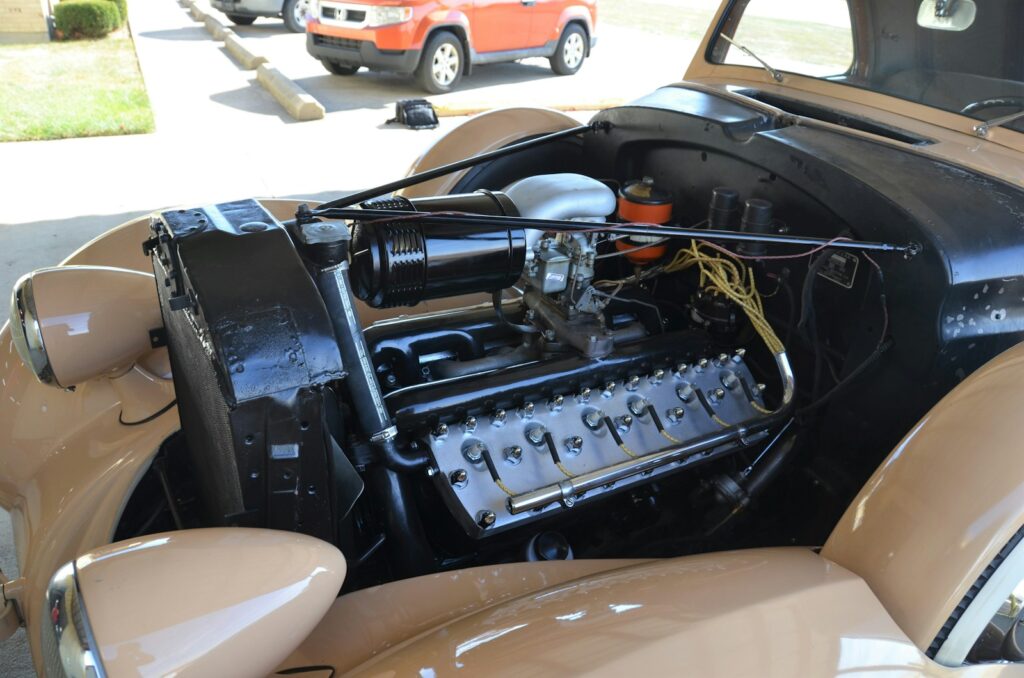
11. **General Vehicle Misuse (Overloading, Inappropriate Off-roading, Abuse)**Beyond the specific act of racing, a broader category of “misuse of the vehicle” can significantly jeopardize your warranty. This term is interpreted widely by manufacturers and encompasses any operation that pushes the car beyond its intended design limits. Understanding what constitutes misuse is vital, as it can be less obvious than outright competitive driving.
Examples of misuse include “overloading the vehicle,” which places excessive strain on the suspension, drivetrain, and frame. “Towing way over capacity” falls into the same category, risking damage to the transmission, brakes, and engine cooling system. Similarly, “driving off-road” in a car not designed for such rugged terrain can quickly lead to blown struts, damaged undercarriages, and compromised suspension components, as these parts were never engineered to withstand such impacts.
If your actions lead to a problem, you simply “don’t expect warranty coverage.” When a claim arises due to such abuse or neglect, manufacturers will typically “deny a claim for a part that failed.” In “more severe cases,” this decision “is typically left to the discretion of the warranty administrator,” potentially leading to your “entire warranty” being voided. This underscores the contract between owner and automaker: operate the vehicle as intended, or bear the financial consequences.
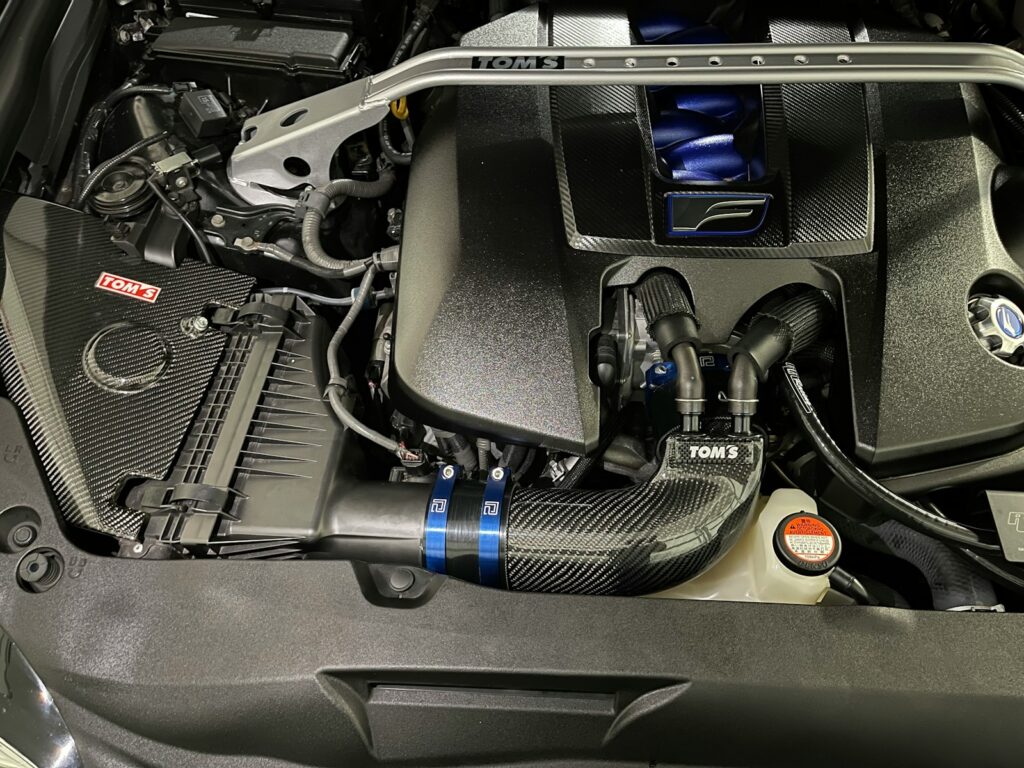
12. **Improper Maintenance and Unauthorized Repairs**While modifying your car is a common warranty concern, simply neglecting its basic needs or performing repairs incorrectly can be equally damaging to your coverage. Manufacturers emphasize that “you’ve got to follow the manufacturer’s instructions for maintenance and use the car as intended” to keep your warranty valid. This isn’t just a suggestion; it’s a contractual obligation that protects both parties.
“Improper Maintenance and Repairs” includes a range of actions, from “skipping oil changes” and “using poor-quality fluids” to “DIY repairs that don’t follow the manual.” These oversights can lead to premature wear, component failure, and even severe engine damage, which the manufacturer will argue is a direct result of your negligence, not a manufacturing defect. The context explicitly states, “If your actions cause the problem, don’t expect warranty coverage.”
Furthermore, the choice of repair facility matters significantly. “Warranty repairs should be done by authorized repair shops or dealers.” If you take your vehicle to “unapproved places” for significant work and a subsequent issue arises, you “might lose coverage for those parts.” To safeguard your warranty, it’s paramount to “keep detailed records of all your maintenance—it’s your best defense if something goes wrong,” showing adherence to manufacturer specifications and professional standards.
Read more about: Decode Your Car’s Emissions Test Failure: The 11 Most Common Reasons and How to Fix Them
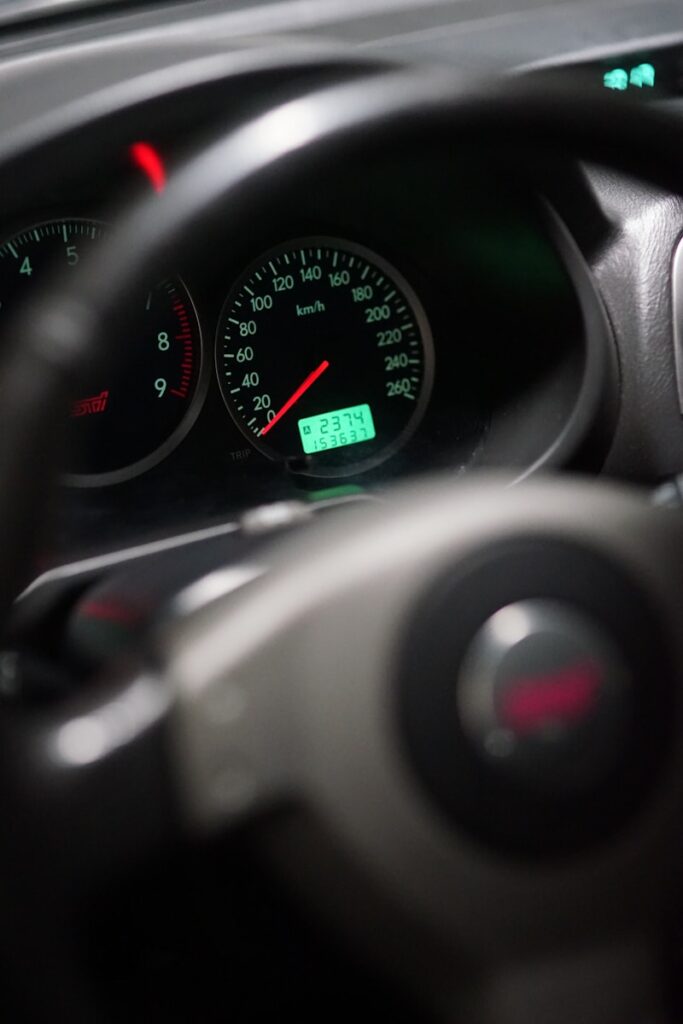
13. **Salvage Title or Altered Odometer**Some issues can instantly void your vehicle’s *entire* warranty, not just specific components, striking at the very core of its integrity and history. Two prime examples are a salvage title and an altered odometer, both of which fundamentally compromise a manufacturer’s ability to guarantee the vehicle’s condition or track its operational life. These are red flags that essentially erase the original warranty contract.
If your car “was in a severe accident, declared a total loss, and was issued a salvage title, the entire warranty is voided.” This classification indicates that the cost of repairing the vehicle exceeded a certain percentage of its value, implying extensive, fundamental damage that makes it an unreliable candidate for ongoing warranty coverage. When considering a used vehicle, especially from private parties, “getting a vehicle history report” is paramount to avoid unknowingly purchasing a salvaged car and inheriting a voided warranty.
Similarly, if your car’s odometer “has been disconnected, tampered with, or replaced,” your entire warranty is usually voided. The odometer is the primary means for a dealer to “determine the exact mileage” and verify if the vehicle is still “within the mileage limits” of its warranty. Without this verifiable data, the manufacturer cannot ascertain its obligations, making such alterations grounds for an immediate voidance. Checking a vehicle history report for mileage inconsistencies can help identify this issue.
In addition to these, “environmental damage” from events like fire or flood can also lead to a total loss declaration and, consequently, a voided warranty. These factors are not about customization but about the fundamental integrity and traceable history of the vehicle, which are non-negotiable for warranty validity.
The journey of car ownership often involves a thrilling balance between personal expression and practical considerations. While the desire to customize and enhance your vehicle is understandable, it’s a path fraught with potential pitfalls for your warranty. From aggressive engine tunes and suspension alterations to electrical system modifications and competitive use, each change carries a unique risk profile. Even critical operational aspects like proper maintenance and the vehicle’s fundamental history, such as a salvage title or altered odometer, play a pivotal role in preserving your coverage.
Read more about: Mastering Car Title Security: 13 Essential Strategies to Safeguard Your Vehicle and Finances from Deceptive Scams
The key takeaway for any enthusiast is diligent research and an unwavering commitment to understanding your warranty’s terms and conditions. Armed with knowledge about which modifications and behaviors trigger warranty concerns, you can make informed decisions. Many manufacturers offer their own performance parts, or you can opt for reputable aftermarket specialists who provide their own warranties. Ultimately, striking the right balance ensures your ride performs as you envision, all while maintaining the peace of mind that comes with knowing your investment is protected against unexpected and costly repairs.



